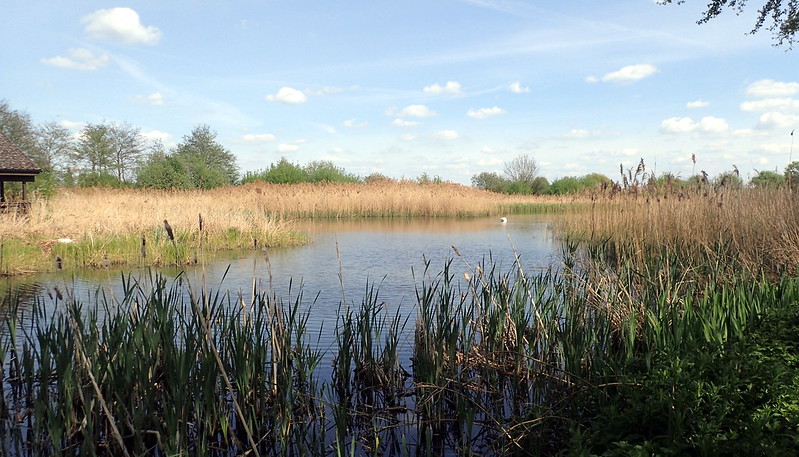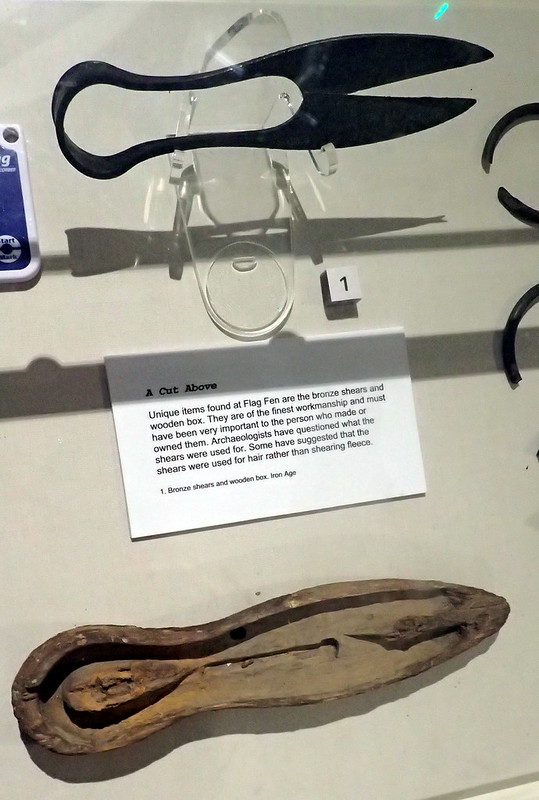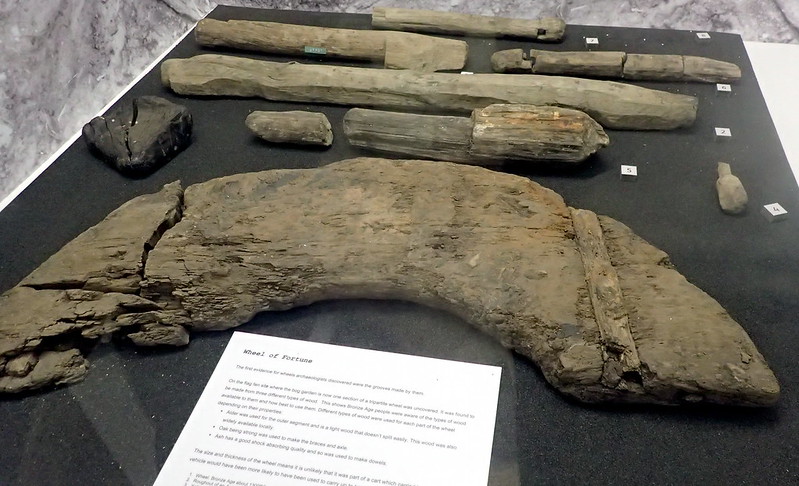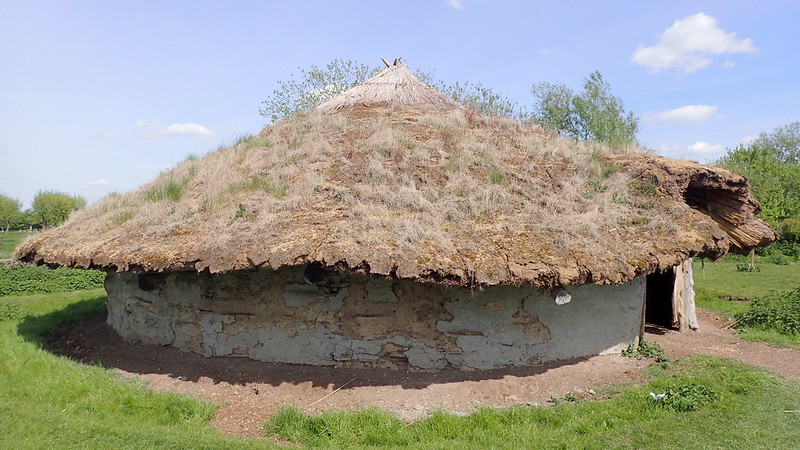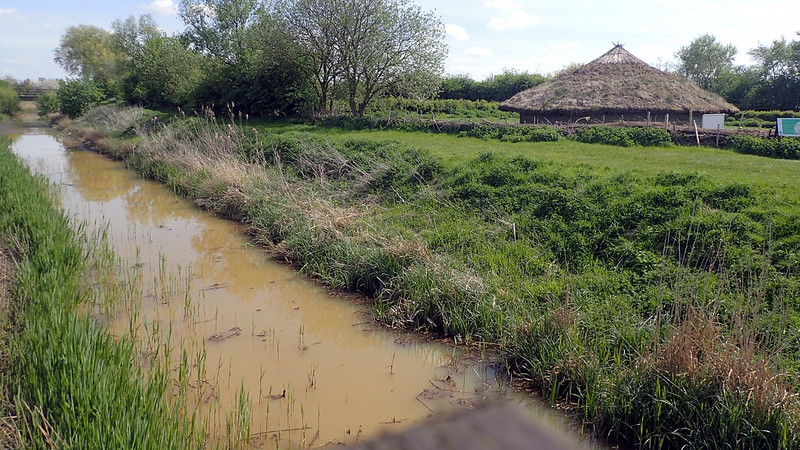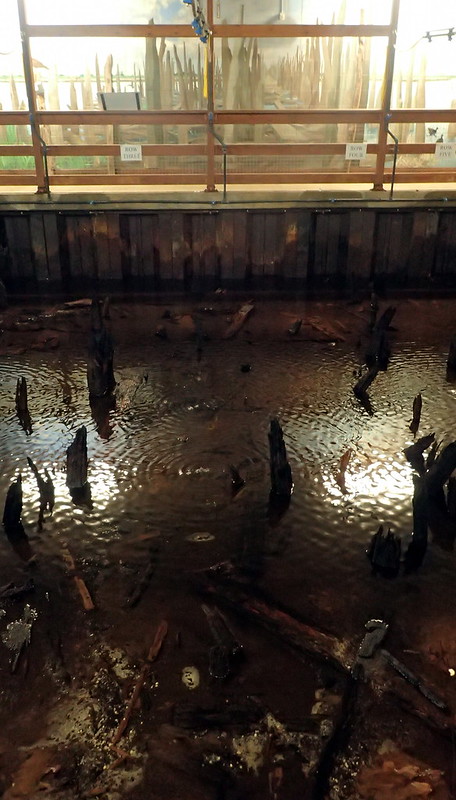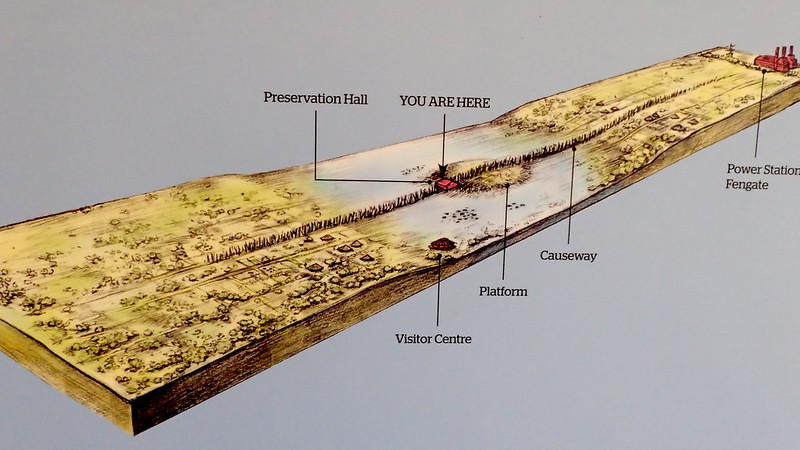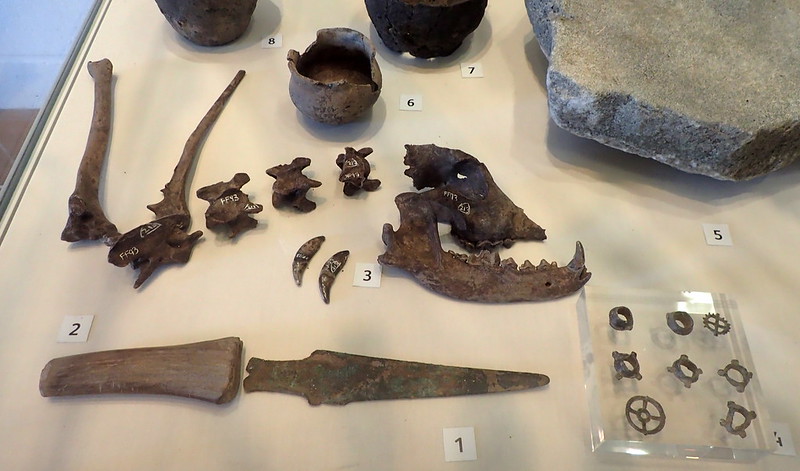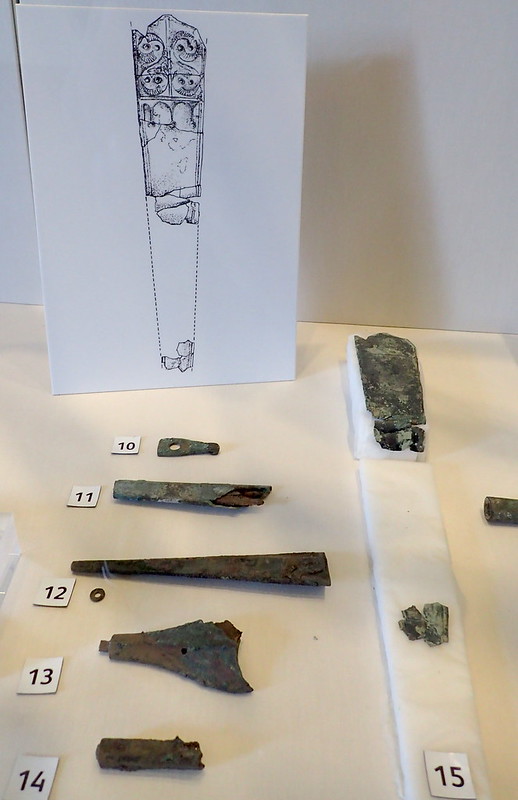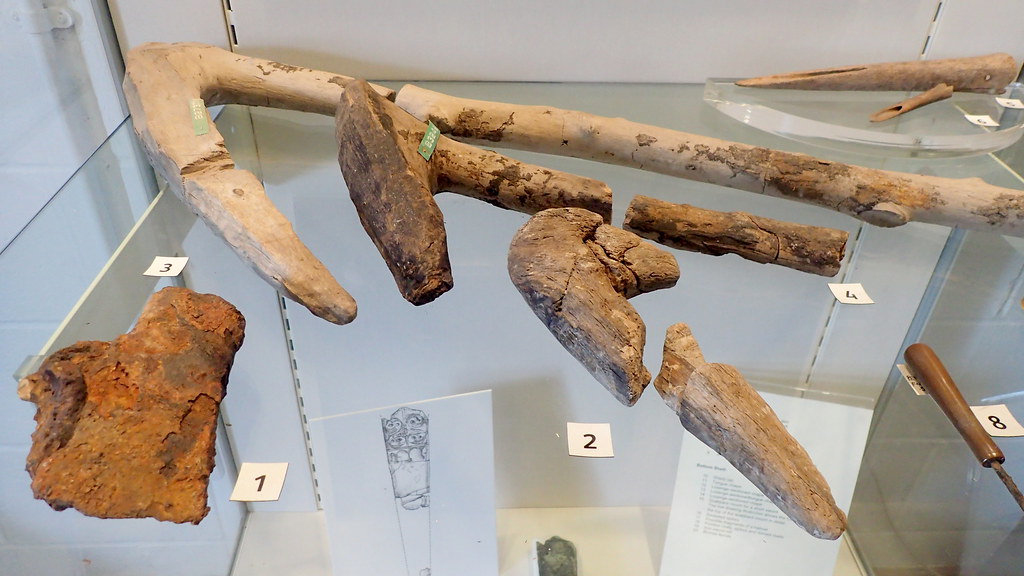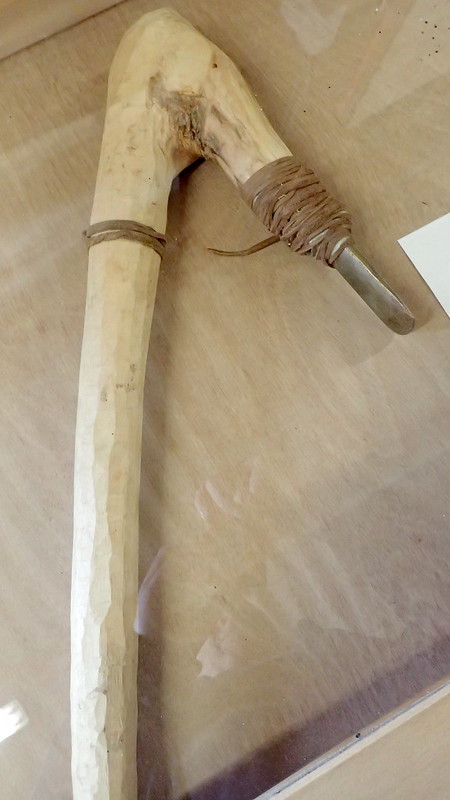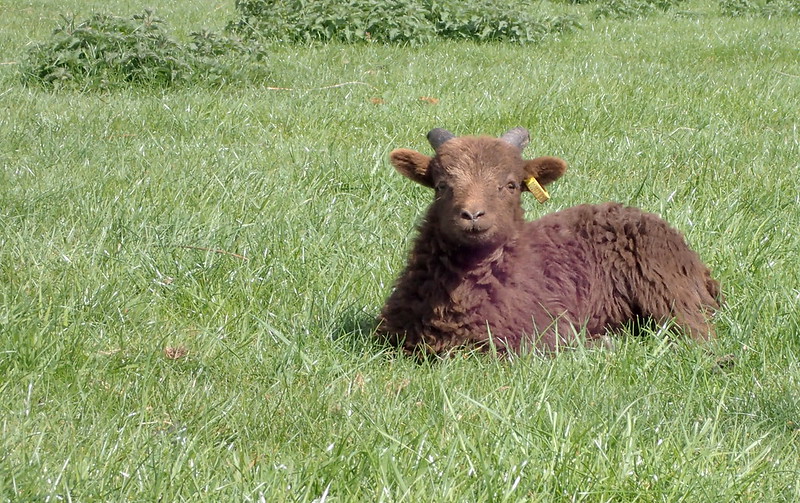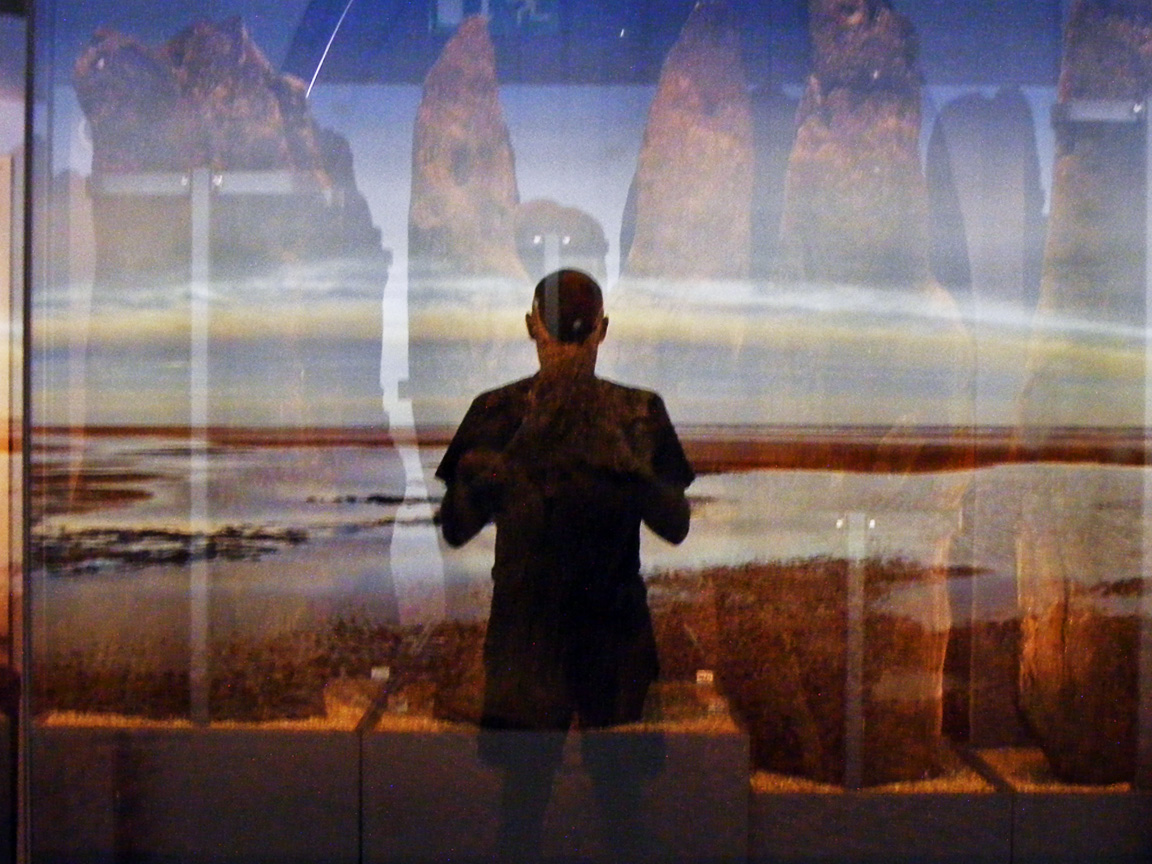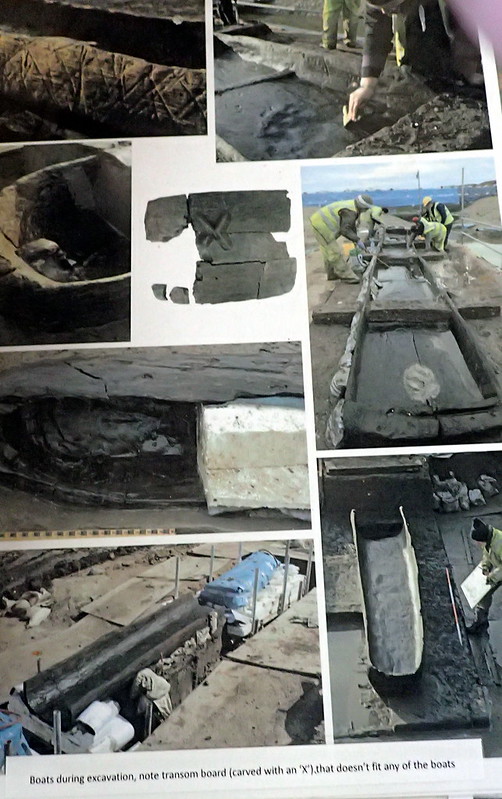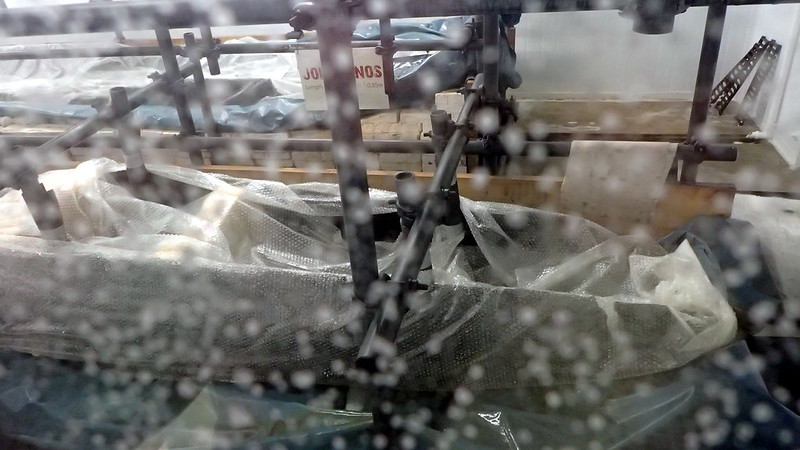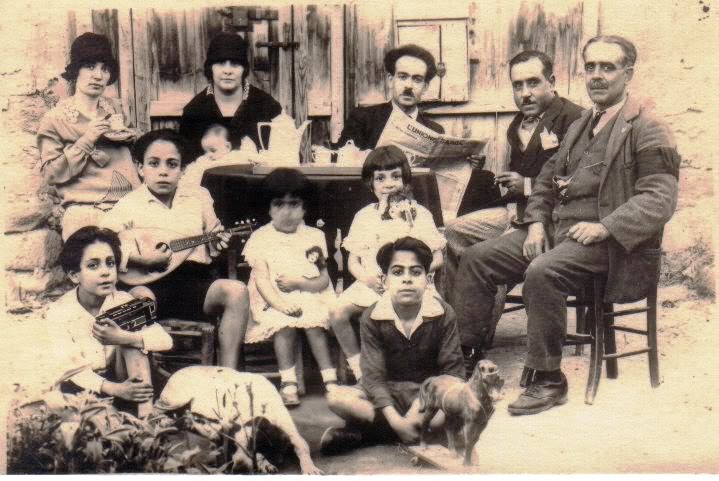
Image Source - my own, taken today, of a flint blade from an old finds box. Thetford Forest. It would have been recorded as a snapped blade, possibly transitional Mesolithic-Neolithic. Now in the 21st Century I understand that this blade was strictly, Mesolithic. I no longer believe there was transition.
I've written a novel. The story provided me with an escape from unbearable life. The tale has two primary settings, both circa 6,000 years ago. One in what is now South Iraq on the edge of the marshes where civilisation starts to take shape, and the other in South East Britain, as Mesolithic hunter-gatherers meet Neolithic farmers. It is a little play on parts of the Genesis story.
I was cut off from all Nature. I am only just now starting to reconnect. It will be a very long healing experience if I decide to maintain it. Because I'm running short of hope. I had very little access to data. I had to scrap around in order to attempt any understanding of how the Mesolithic British may have experienced life, and was left with little more than contemplation. This is how I reconstructed a fictional South-eastern British environment 6,000 years ago:
Natural Britain during the Early Holocene
Birch scrub advanced first. Followed by pine, yew, and other evergreens. This is the Age of Star Carr. The tundra grasslands receded with this rapid advance. Temperatures increased annually. Waters began to rise.
The birch grew taller. Alder joined them. Willow and holly. Followed by oak. Lime and hazel arrived on the British peninsular of North West Europe. Wych elm, hawthorn, blackthorn then ash. In South Eastern Britain, it was the lime which dominated as the most common tree.
Tree biodiversity was actually quite limited in Late Mesolithic Britain. Because the North Sea (Doggerland), and the English Channel, flooded with thawed out glacial waters to make Britain an island, before more species could shift across any land-bridge.
Later Mesolithic SE Britain. Wild-woods or temperate-forests?
I suspect that the term temperate rainforest should be reserved for the wetter parts of the British Isles. Particularly for the west. Across the drier south-east of Britain, I propose that it would be better to describe it as wildwood. Even here I suspect that the ecology was incredibly rich, with mosses, lichen and fungi. Some areas of the wildwoods were kept quite open by the actions of large wild bovines that generated their own woodland pastures. Others were more dense.
The British canopy was not continuous. Breaking it were small glades, and some larger plains. These were kept open by browsing and grazing herbivores that herded in the open - aurochs, red deer, bison, roe deer. A distinct ecology existed on these small scrubs and prairies.
Equally there were lowland marshes and fens of reed bed with water-logged islands of alder carr. Often, belts of these ran up the riparian terraces of river valleys to provide rich habitats for birds, beavers, and pig. The rivers were clean, and ran naturally within their floodplains except for the works of beavers. Upper stretches of chalk streams would have been choked by Summer watercress. Alder and willow trees dominated the riparian belts. Banks were not cut, and rivers wider, bordered by the roots of alder, or by gravel shores. They often flowed around riverine islets and over gravel banks. Water channels changed their many courses through the marshes of deltas.
Bird-life was devoid of some species that have adapted to and follow human agriculture, but could have included some surprise species no longer in the British Isles such as black woodpecker, black stork, and European eagle owl. These in addition to species such as titmice, woodcock, wood pigeon, tawny owl, bustards, and cranes. Goshawks would have been a widespread raptor across the forests, and white tailed eagles not an uncommon site.
Mammalian predators included wolf, brown bear, lynx, fox, badgers and martens

We know that they appear from genetics to be dark skinned and possibly with light coloured eyes. That is just a fine detail. To those people that make a deal out of it, I ask why? And I love the reconstructions of western hunter-gatherers by Tom Björklund.
What was the environment in South East Britain, 6,500 years ago? How had they adapted to the changed environment? Their ancestors had survived the Ice age mammoth steppe. They had survived so long on the tundra. What challenges had the Holocene's new forests thrown at them? Their ungulate prey species had dispersed from herds in the open, and into the woods. There, they were more difficult to locate, and could quickly disappear into cover. They had less need to form large herds. Temperate forests release a lot of their calories only during the autumn. To survive, Mesolithic hunter-foragers needed to be exceptionally intelligent. They needed to break up into smaller bands, and adapt to a forest way of life
How I portray Late Mesolithic Britons in fiction
It was probably easier to travel by waterway whenever possible. Although upper rivers might be seasonally clogged by growth, and beaver dams a trial. Watercraft include dugouts, but also canoes of bark or animal skin. It would have been the way to travel.
During this travelling, few people would have been encountered. The bands dispersed in order to make best use of resources. Human population was likely very sparse across Britain.

Late Spring. Wild greens, pignuts, tubers, flowers, cat-tails, buds, even young tree leaves of elm and hawthorn. Slow game - birds eggs and chicks. Possibly European pond turtles. Roots such as those of cat tail could be dried and ground into flour.
Summer. I have my fictional hunter-foragers moving to the coast during summer, where they meet up with other bands for sports and social networking. There they could have foraged sea beet, sea lettuce, samphire, buckthorn berry, and shellfish. Mussels, oysters, clams, cockles, razor shells, whelks, crabs. Perhaps hunted seals on the beaches and sea flats. Cetaceans would have been vastly more abundant in the seas, and whales would beach, providing opportunities. Sea canoes might have provided the opportunity to fish with nets, or to hunt small cetaceans. Late summer inland, and wild berries - raspberry, mulberry, sloe, brambleberry, elderberry, buckthorn, hawthorn. Early fungi such as puffballs, parasols, chicken-of-the-woods.

Favoured prey species for hunting would have been the red deer, also roe deer, wild boar, aurochs (enormous wild cattle), European bison if they remained, tarpan / wild horse, fox, badger, beaver, etc. Bird species on the menu probably included geese, ducks, cranes, swans, bustards, wood pigeons, turtle doves, woodcock, snipe, etc. My savages had the domestic dog, but it is a laika-type, that does not bark. It is useful for tracking prey by scent. Dogs also provide companionship and warmth in a den.
The belief system that I designed for my fictional savages was animist. The sense of self, and of afterlife, is projected onto everything natural - prey, trees, tools, the forest, and otherwise. Areas of natural resources became sacred. My fictional savages had female shamans, and were matrilineal. Celebrations and feasts would be frequent. They would engage in sports. I also suggested some ritual cannibalism, if only to prevent the ghosts of enemies from extracting revenge on the living. I portrayed them as very egalitarian, with little personal property, and no chieftains. But they had different roles for either gender, and the elders were respected.
My fictional savages have a totem-identity, but I'm not sure that would have been the case. Again, my choice was to tie them to local nations set into a larger territory called a wilderness. These nations I divided into smaller more practically sized family bands. None of this is based on any strong anthropological evidence, and was entirely my own creativity. In reality, bands could have had a wider more homogeneous identity, and ranged wider across the British Isles, free of tribal territorial restrictions. Yet I see this as leading to conflict.
Birth rate in my savages was controlled by extended nursing and delayed weaning in comparison to the Neolithic farmers. This reduced fertility. Otherwise competition would grow for limited natural resources, and local prey extinctions. Conflict between bands would follow as an ultimate population control.
Have I romanticised my Mesolithic Britons? Absolutely I have. I am envious of their freedoms, their relationship with Nature. I see progress as degenerative.
That is how I creatively wrote the British Late Mesolithic.











